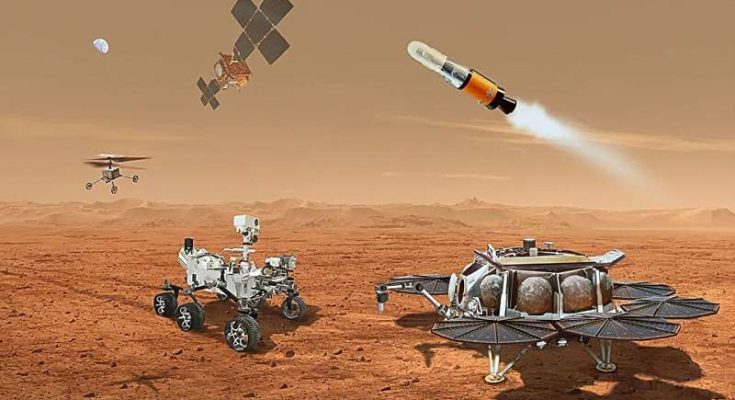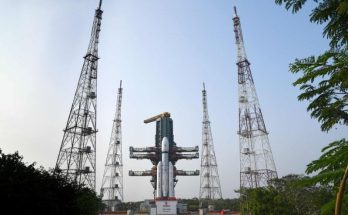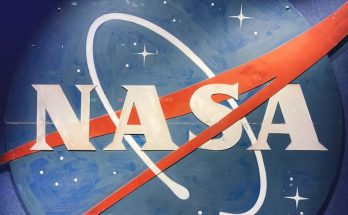In 2021, NASA’s Perseverance rover landed in the Jezero Crater on Mars. For the next three years, this astrobiology mission collected soil and rock samples from the crater floor for eventual return to Earth. The analysis of these samples is expected to reveal much about Mars’ past and how it transitioned from being a warmer, wetter place to the frigid and desiccated place we know today. Unfortunately, budget cuts have placed the future of the proposed NASA-ESA Mars Sample Return (MSR) mission in doubt.
As a result, NASA recently announced that it was seeking proposals for more cost-effective and rapid methods of bringing the samples home. This will consist of three studies by NASA and the Johns Hopkins University Applied Physics Laboratory (JHUAPL).
In addition, NASA has selected seven commercial partners for firm-fixed-price contracts for up to $1.5 million to conduct their own 90-day studies. Once complete, NASA will consider which proposals to integrate into the MSR mission architecture.
As Administrator Bill Nelson stated in a NASA press release, “Mars Sample Return will be one of the most complex missions NASA has undertaken, and it is critical that we carry it out more quickly, with less risk, and at a lower cost. I’m excited to see the vision that these companies, centers and partners present as we look for fresh, exciting, and innovative ideas to uncover great cosmic secrets from the Red Planet.”
The MSR mission represents the culmination of decades of efforts to learn more about the early history of Mars. NASA had originally hoped that the first crewed mission (planned for 2033) would retrieve the samples and transport them back to Earth.
However, delays and budget concerns have led to growing concerns that a crewed mission will not reach Mars until 2040 (at the earliest). As a result, NASA and the European Space Agency adopted a joint mission architecture consisting of multiple robotic elements that would return the samples by 2031.
This included the Sample Retrieval Lander (SRL), two Sample Recovery Helicopters (SRH), the Mars Ascent Vehicle (MAV), the Earth Return Orbiter (ERO), and the Earth Entry System (EES). However, the current budget environment forced NASA to announce that the 15-year MSR mission architecture (which would cost $11 billion) was too expensive and that waiting until 2040 was impractical.
As a result, NASA has adopted a revised plan that leverages current technology and will return the Mars samples by the 2030s. As NASA Administrator Nelson said at the time, “Mars Sample Return will be one of the most complex missions NASA has ever undertaken. The bottom line is, an $11 billion budget is too expensive, and a 2040 return date is too far away.
“Safely landing and collecting the samples, launching a rocket with the samples off another planet—which has never been done before—and safely transporting the samples more than 33 million miles back to Earth is no small task. We need to look outside the box to find a way ahead that is both affordable and returns samples in a reasonable timeframe.”
In addition to the NASA-led studies, seven aerospace companies have been selected to develop sample-return concepts. They include NASA’s regular commercial partners, such as Lockheed Martin, SpaceX, Aerojet Rocketdyne, Blue Origin, and Northrop Grumman, as well as relative newcomers Quantum Space and Whittinghill Aerospace. A total of $10 million has been awarded to these companies to develop their concepts, the full list of which can be found here.
Once again, NASA is facing a budget crunch and has reached out to its commercial partners to develop cost-effective alternatives. This is in keeping with NASA’s long history of collaborating with the commercial sector to develop key mission concepts.
However, the need to outsource major elements of its moon to Mars program highlights the agency’s ongoing budget problems. As independent experts have concluded, a budget increase is necessary if NASA is to realize its ambitious goals for the future.
Provided by Universe Today




